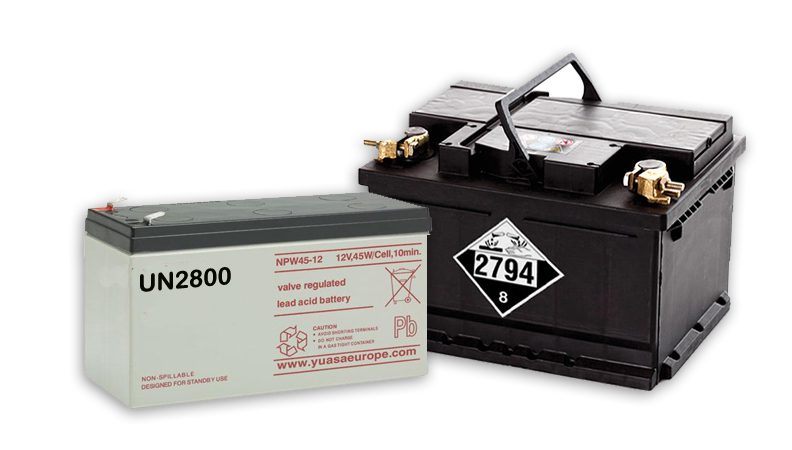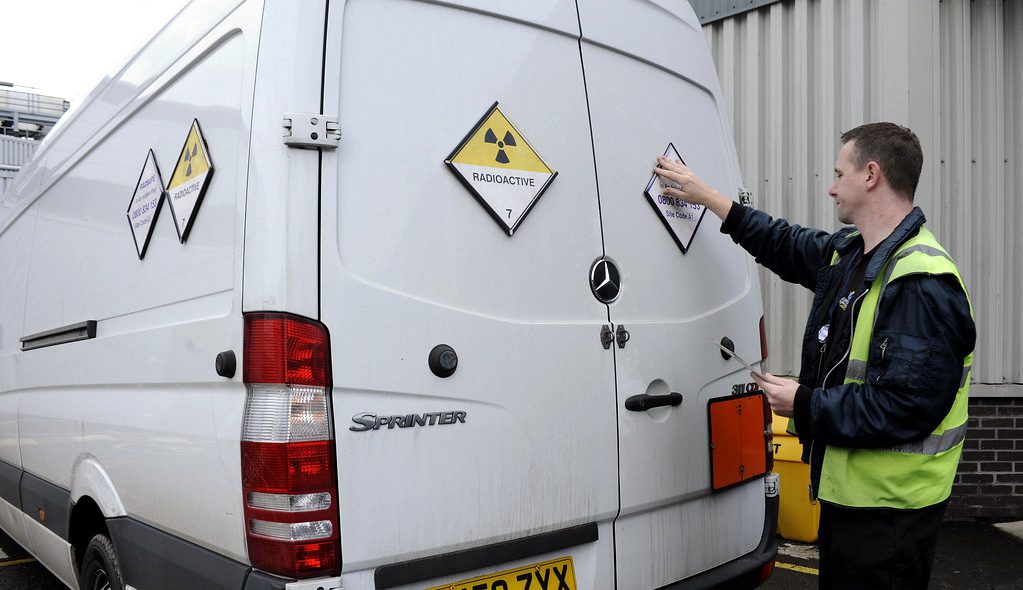Copyright 2022 © Dangerous Goods Training Center All rights reserved.
Menu
Menu


The classification of dangerous goods is a complex procedure which requires a thorough knowledge of the requirements of the TDGR. The latter is completely different from that of WHMIS. Several shippers produce declarations based on random classifications. Transport Canada may require proof of your procedure for classifying your dangerous goods.
CLA-101 Classification of Dangerous Goods
Make sure you know the standards in order to classify products as required by law.
Course summary
Duration: 4 hours
Note : Classification of explosives and radioactives is not included. Prerequisite: TDG-201 or equivalent is preferred. Each candidate receives course notes and a training certificate recognized by Transports Canada, the SAAQ and Transports Québec.
Do you ship or transport only batteries and their by-products (acid, etc.)? Why waste time and money on general training? Ensure the competence of your employees while saving time by following training dedicated training.
TDG-2794 Shipping and Transportation of batteries
Course summary
Duration : 90 minutes
Note : Each candidate receives a copy of our TDG guidebook specially designed for batteries as well as a training certificate recognized by Transports Canada, the SAAQ and Transports Québec.


Radioactive materials present special risks during transport. The danger of contamination is high if the standards are not followed. The rules concerning these goods come from international agreements. The purpose of our training is to familiarize participants with the requirements for these products. Contact one of our specialists to take advantage of specific training.
RAD-101 – Transport of radioactive materials
Course summary
This training is aimed at surface, air and/or maritime transport and includes the following subjects:
Duration: Typically, 4 hours
Target audience: Persons preparing shipments of dangerous goods included in Class 7 – radioactive materials.
Although there is a reciprocal agreement between the two countries, if you ship dangerous goods from Canada to the United States, you must comply not only with Canadian TDG standards but also with those of Title 49 of the Code of Federal Regulations (49CFR) of the US Department of Transportation. This course identifies the differences between the two regulations.
(Pre-requisite TDG-201).
TDG-49CFR Training – Shipping Dangerous Goods to/from the USA
Course summary
Duration : 4 hours (pre-requisite: TDG-201)
Note : Each candidate receives a copy of our Transportation of Dangerous Goods Guide aswell as a training certificate recognized by Transports Canada, the SAAQ and Transports Québec.
Target Audience : Shippers of hazardous materials to the United States

Copyright 2022 © Dangerous Goods Training Center All rights reserved.